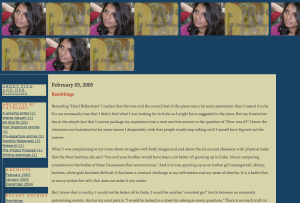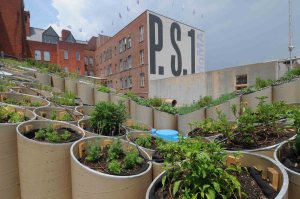




1. Contemplation: Slowing Down and Being Alone
Image/Word Exercise
What role does contemplation play in your university life?
2. Reflection: As Connector

Conversation, The Social Dimension of Learning, in Contact Zones
Examples:
Blogger’s Field Trip
Story with Words Exchange, an example of students becomingBenjamin’s Stage vs. Screen Actors

Blogging the World
Piya’s “Journey Back” Blogging Experience
Planning conversation within the university, within the community beyond the walls, with the world.
3. Collaboration: Meaningful, Innovative Projects with Impact/Third-Place Learning
Students Dislike Group Work

“Each participant’s individual capacities are deepened at the same time that participants discover the benefits of reciprocity” and “…the achievement of productive collaboration requires sustained time and effort. It requires the shaping o a shared language, the pleasures and risks of honest dialogue, and the search for a common ground.” Vera-John Steiner, Creative Collaborations (p.204)
Loosening the grip of over-professionalization of the higher ed learning experience by opening up our notions of expertise, of reciprocal apprenticeships, entering contact zones.
Examples:
Artmobs
Murmur Project
Murder, Madness and Mayhem Wikipedia Project
Your examples/plans:
4. Offering the PASSEGIATTA Principle but Updating to a Fluid Community Space



Ritualistic yet always the promise of the unexpected. Participatory learning. Sunstein’s Republic.com contention that “Unplanned, unanticipated encounters are central to democracy itself.”
Bad Examples:
–A college buying space in town for a space aimed at students and faculty.
–One-shot blogging in courses–not sustained, not meaningful; exercises to get through, assigned and restricted.
–One-shot or lopsided service-learning projects in which the primary beneficiaries are the students and their learning goals.
Good Examples:
—Dispatx.com Artist Collaborative, Transparent, In-Process, Revising, Stretching, Ambling
–-Carrot Mobs
—smARThistory
–PS 1 Architectural  Competition
Competition
Your Examples and Plans:




 Posted by Barbara
Posted by Barbara 














